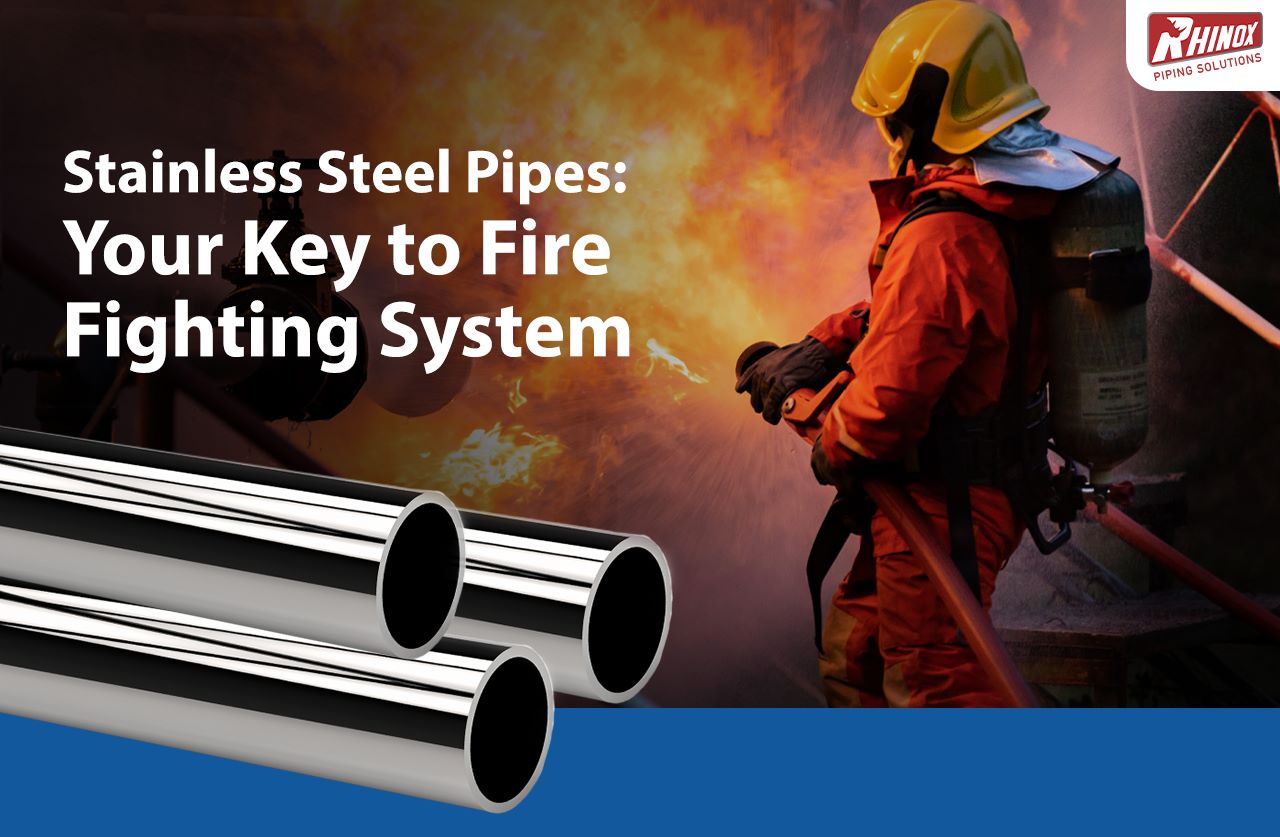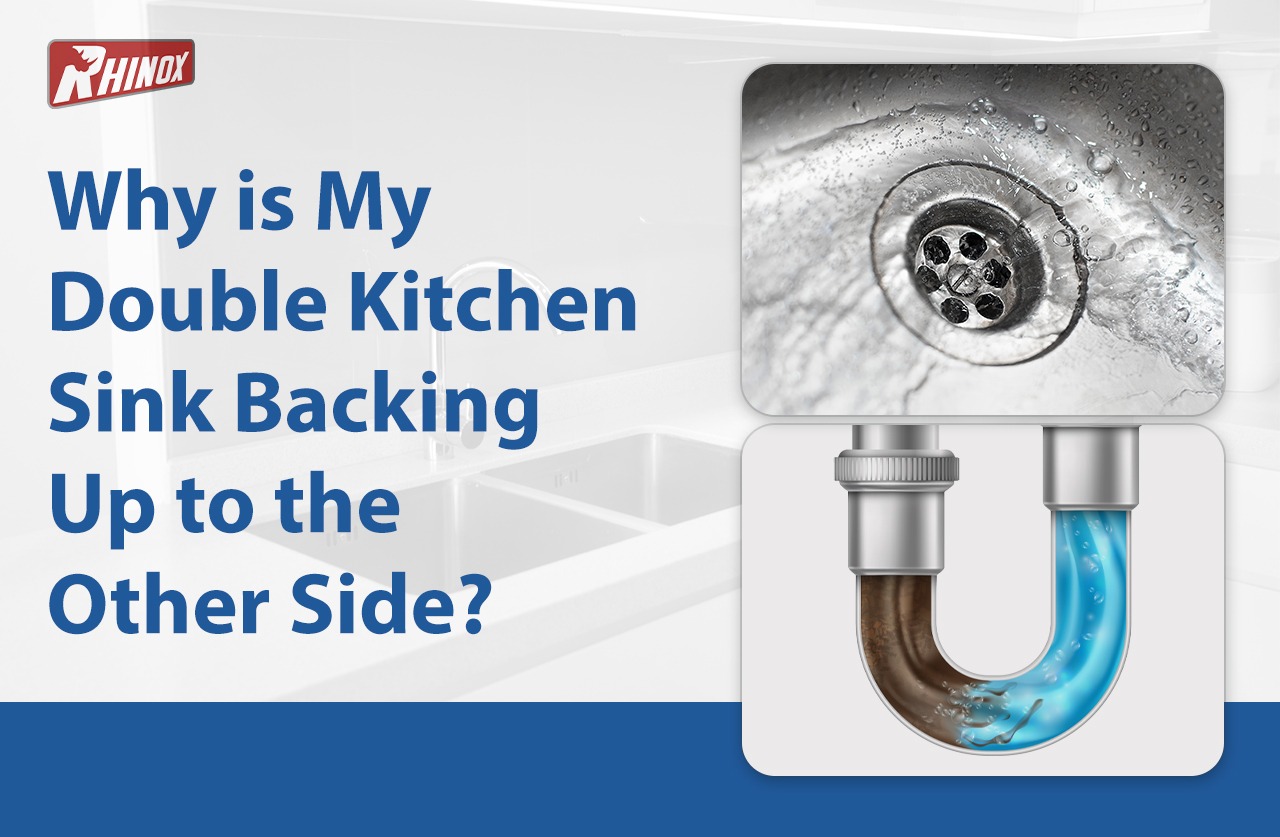 SS Pipes or stainless steel pipes are a good option for installing a reliable firefighting system. SS pipes and fittings are corrosion-resistant and durable, making it the first health of health-conscious people and plumbing experts. Moreover, it is very easy to install Rhinox plumbing solutions, ss pipes using press fitting technology.
SS Pipes or stainless steel pipes are a good option for installing a reliable firefighting system. SS pipes and fittings are corrosion-resistant and durable, making it the first health of health-conscious people and plumbing experts. Moreover, it is very easy to install Rhinox plumbing solutions, ss pipes using press fitting technology.
Pipe fittings are useful for connecting pipes of different sizes and diameters. They are carbon steel or ductile iron, fire sprinkler pipes, and relevant fittings made to carry water or other liquids to connect firefighting equipment. It is known by the term fire protection pipes and fittings.
According to the standards and corresponding rules, the fire pipeline is required to be in red paint to make it distinct from other pipeline systems. The SS pipes used as fire sprinkler is installed in a static position to encourage quality. Thus, fire sprinkler pipes possess good pressure resistance, high-temperature resistance, and corrosion resistance.
101 Stainless Steel Pipes
Stainless steel seamless pipes are common and found in residential walls, commercial labs, and industrial facilities underground and inside them. Fluids, including natural gas, waste, water, and air, are conveyed with seamless steel pipes.Stainless steel seam pipes are made by utilizing an extrusion mold. These stainless steel seamless pipes are affordable. Casting is the third method. Molten steel is poured through a casting mold.
Why Are Stainless Steel Pipes Effective for Firefighting?
Earlier, many firewater mains are built with cast iron or carbon steel. Currently, stainless steel is used as a material for firewater pipes due to better corrosion resistance in natural waters than carbon steel or iron.Fire suppression equipment such as sprinkler systems and water supply pipes for fire hydrants leads to choosing the right steel. You don't need pipes with the right volume to carry sufficient gas, water, or other firefighting substance. They must withstand corrosion, high pressure, and high temperatures. The features of stainless steel make it a brilliant choice to use in a fire suppression system. You can rest assured that your system functions when you need the right steel pipe in your fire suppression system the most.
You will learn more about the applications of SS pipes
Applications of Stainless Steel Pipes for Firefighting
Irrefutably, stainless steel fire-fighting pipe systems are used widely worldwide. SS pipes have a relatively long service life. In addition, the prominent corrosion resistance among pipes is stainless steel pipes as they are passivated with oxidants, creating a protective film on the surface of stainless steel that can prevent the oxidation reaction from further taking place.Moreover, stainless steel can be recycled and will not cause environmental pollution. Thus, stainless steel waste has good economic value. The tensile strength of stainless steel pipe is high and double that of steel pipe and 8-10 times that of plastic pipe. This pipe has good toughness and ductility.
Hence, SS pipes can withstand collision, vibration, contraction, and thermal expansion, do not burst or leak, and are shockproof, fireproof, and reliable. Also, it is easy to cut, develop, and weld stainless steel pipes, while this process has low complexity.
While you choose stainless steel pipes, make sure pipe fittings suit them.
Below are fire fittings used for firefighting works-
- Elbows: These are available in different angles and are commonly used in firefighting systems to connect pipes around corners.
- Tees: These are used to connect a branch pipe to a main pipe.
- Reducers: These are used in firefighting systems to hook a larger pipe to a smaller pipe.
- Couplings: These are used in firefighting systems to connect straight pipe sections.
- Flanges: These connect two pipes to valves and other components.
Significance of Choosing the Right Pipe for Firefighting Works
Selecting the right pipes for firefighting works ensures safe and efficient fire suppression. Using the wrong pipe can lead to catastrophic outcomes, such as leaks, fire spread, and burst pipes. For instance, using a PVC pipe for firefighting can release toxic fumes when opened to high temperatures, while utilizing a weakened or corroded steel pipe can lead to leaks and ruptures.Thus, stainless steel pipes cover all the major factors for firefighting works. Those factors of firefighting pipes are-
- Material
- Corrosion Resistance
- Thickness and Size
- Compatibility
- Durability



